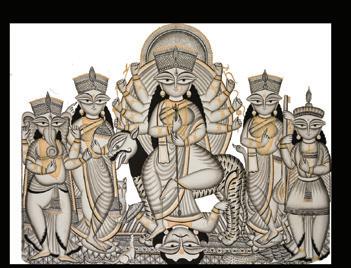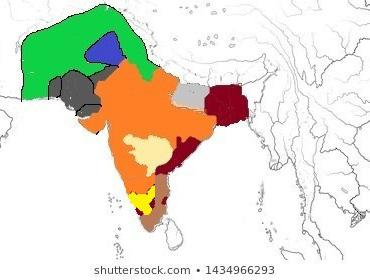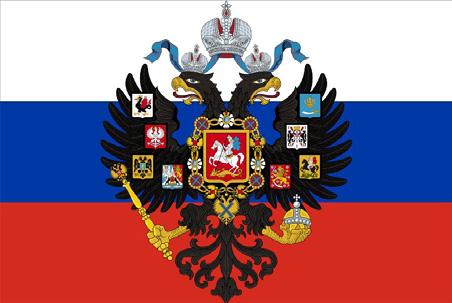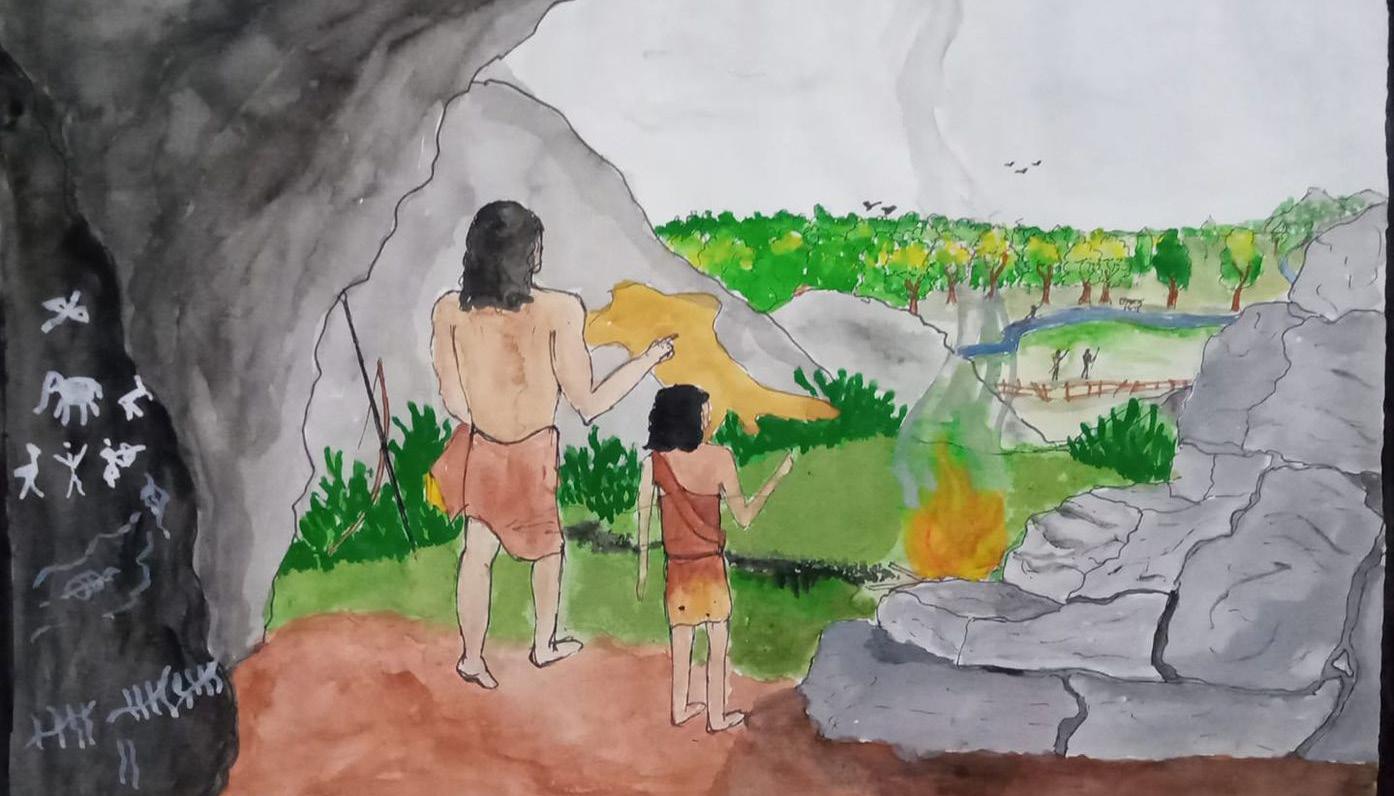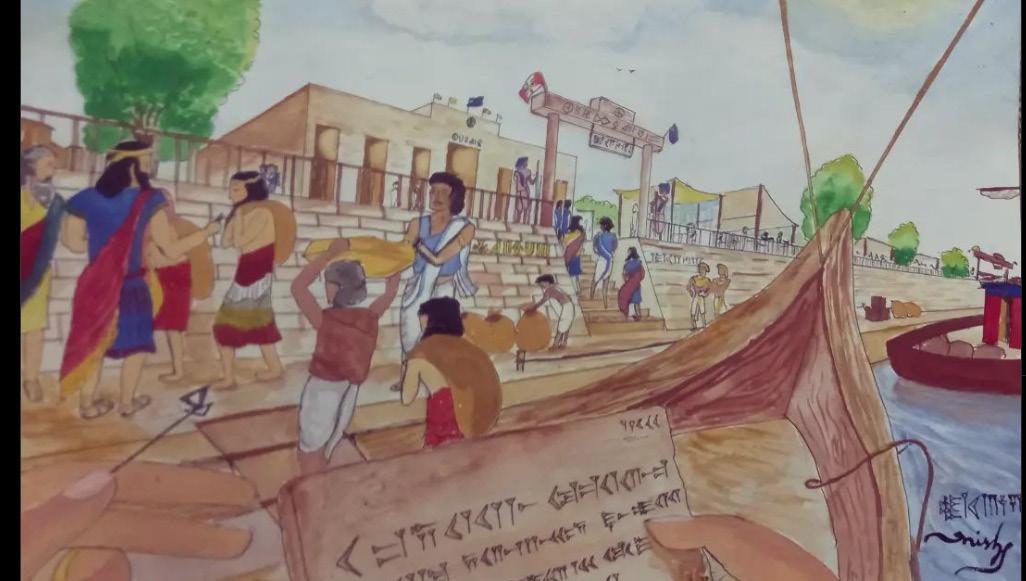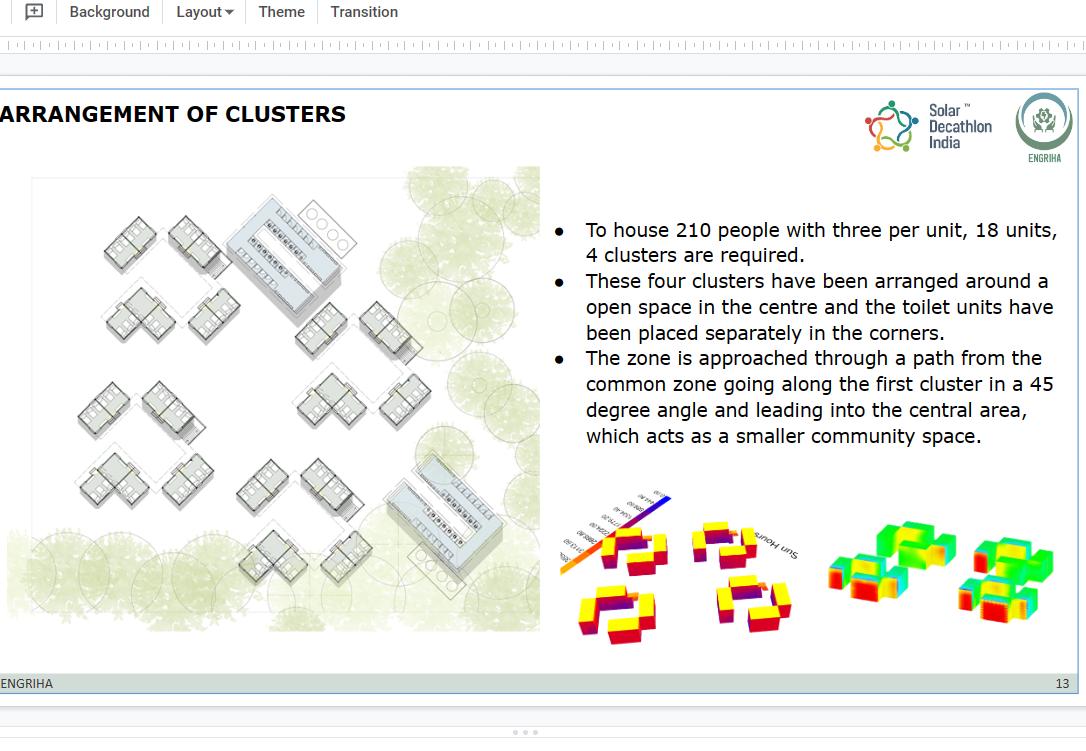
4 minute read
Culture and Built Environment
of a built space Mapping of Bangalore place dardic hindus still remaining and are the lowest among all the other ethnicities. The religious practices of Hindus of Kashmir revolve around the worship of Shiva and Shakti. • ISLAM Jammu and Kashmir has a Muslim majority population. Though Islam is practiced by about 67% of the population of the state and by 97%
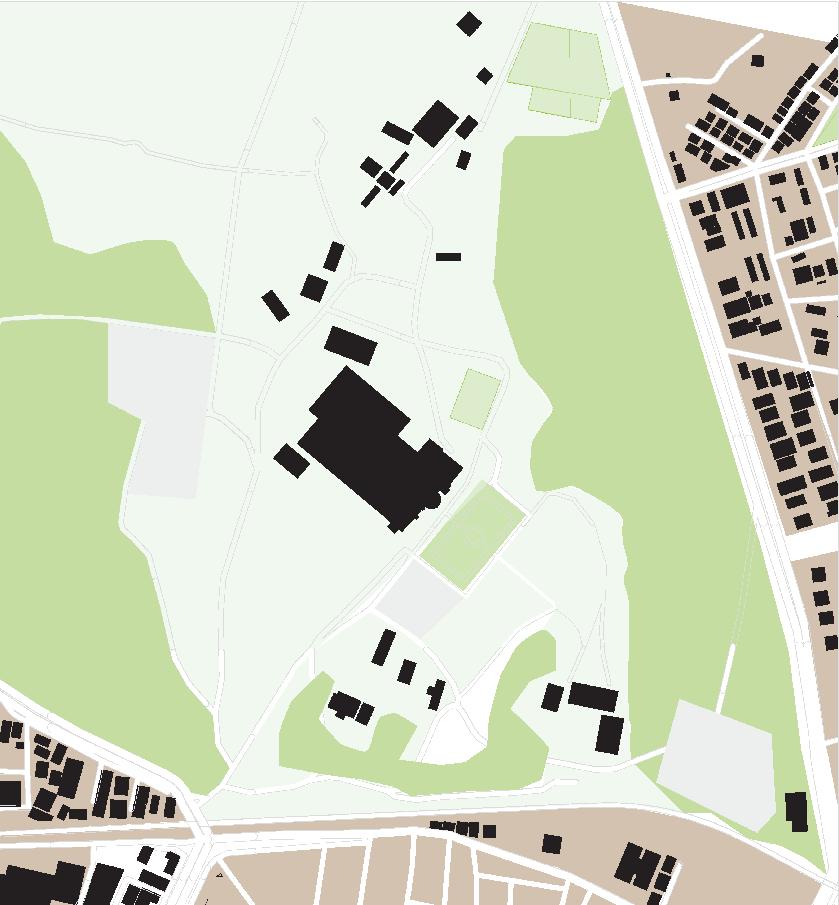
Advertisement
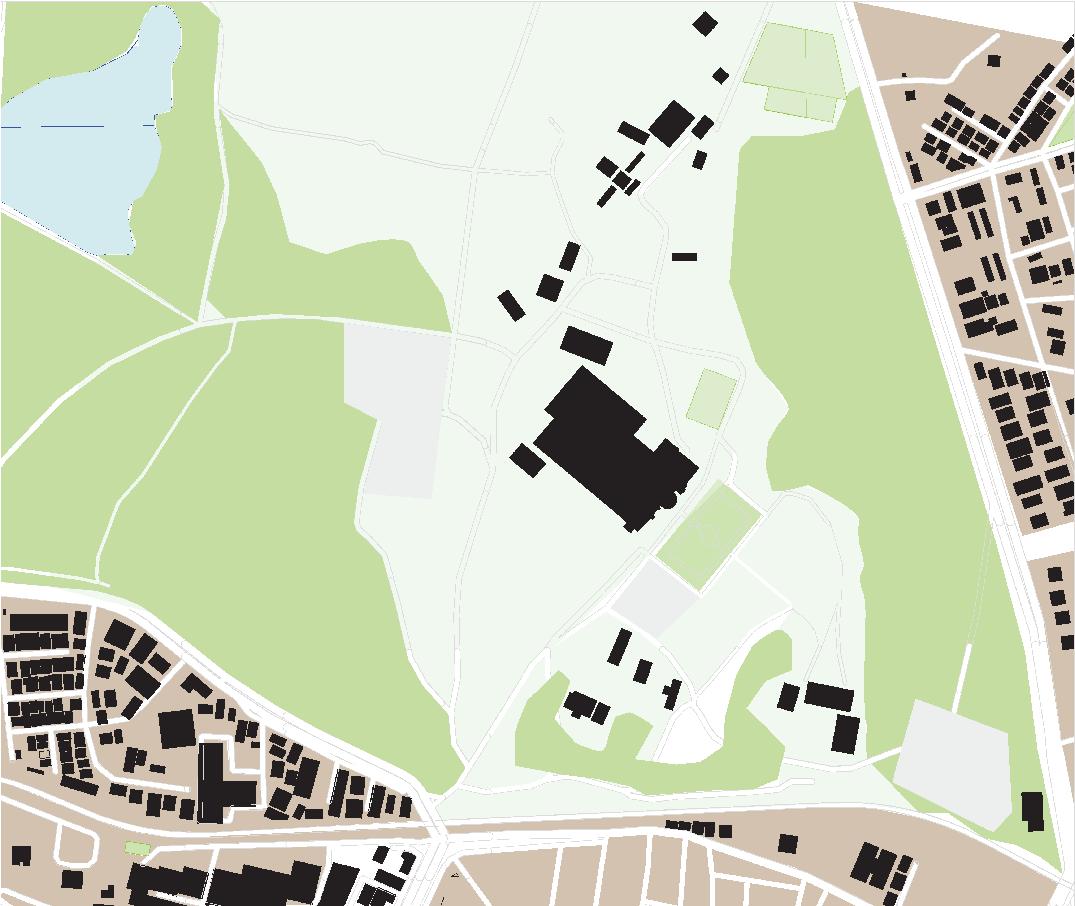
KASHMIR DESIGN PRINCIPLES: The wooden frames combined with the mud plaster are more elastic than reinforced concrete, and survive earthquakes far more successfully. Where the ground slopes steeply, the front of the platform may become high enough to accommodate functions. These cave like spaces in the plinth are usually allocated for animal shelter and grain storage. The buildings were generally three to four storey high, with basements contained within the retaining walls along the riverside Major factors that dictate the local architecture in this zone are:-(a) easy access to building-quality stone; (b) limited availability of topsoil; (c) varying availability of water, ranging from abundant to very little; (d) better availability of timber than in other zones due to lesser deforestation; (e) difficulty in carting non-local materials; (f) heavy snow in winter; (g) possibility of earthquakes. (2) The most common wall types are:-(a)coursed random rubble masonry with or without mud mortar; (b) Dhajji wall made of timber frame with small stones and plenty of mud mortar as infill, mainly for the interior walls.
CULTURAL VALUES: Zoon Dub: A cantilevered balcony which has sight of the rising moon and hence is towards the east. Kitchen in the north east Heating system: Traditional Heating Systems in Kashmiri Homes comprises of copper pot with inlets and outlets for water and it is embedded into the wall.
PHYSICAL PHENOMENON: Traditionally the floors comprise of wooden beams supporting rafters and wood planks over which sometimes screed covered by tiles laid. This practice makes the structure light weight and earthquake resistant. Massive masonry walls usually of stone till one floor followed by brick walls reducing in thickness on successive floors in addition to being earthquake responsive also could resist the pressure exerted by water during floods. RECOMMENDATIONS FOR ALTERNATE MATERIALS Cedarwood Roofing in form of shingles: Cedarwood resistant to freezing and damp proof and would also well with the traditional wooden architecture but will be more economical as compared to deodar Vinyl Flooring: Vinyl flooring doesn't get as cold as tiles, Stone or Concrete flooring is also static proof which would als help handling the static generated by the traditional woolen clothes Blow-in Insulations between two layers of Dajji Dewar which would help spending less fuel for heating as compared the traditional houses, is also light and hence would not affect the earthquake resistance. can also accommodate the copper heating pipes used traditionally. Fiberglass window frames: Fiberglass frames help higher sealing in the windows than wood aluminium and so not have the problem with bending aluminum or swelling up case of wood. These are recommendations to take the traditional wisdom and create new range materials suitable the climate yet fittin with the traditional style architecture of the population of the Kashmir valley BUDDHISM The origin of Buddhism in Kashmir is obscure. Buddhist sources attribute the origin of Buddhism in Kashmir to a monk of Varanasi, Majjhantika, who was also disciple of Ananda. The Kushana period saw a great resurgence of Buddhism in Kashmir, especially during the reign of Kanishka. Just as all Buddhists, the buddists of Kashmir follow The Five Precepts CHRISTIANITY SIKHISM
PERCEPTIONS AND EXPECTATIONS OF OCCUPANTS: The shelkhang is a room in corner of the house with panes of glass on both sides looking out onto the open. It a gathering place used mostly during the winter months. Changkhang (chang-khang); a room for storing chang in earthenware jars, often adjacent to the food dzot. Tangra: stable or sheep pen, etc.
CULTURAL VALUES: Importance of woodwork for insulation Hearth on roof for insulation Mud Plaster only: Mud has higher specific heat capacity=0.33 as compared to lime plaster =0.2
LADAKH DESIGN PRINCIPLES: Wooden frame systems used in Kashmir are also used in Ladakh as prevention from earthquakes. In Ladakh, The land is generally flat as it is plateau but here too, Raised plinths are built under which animals like yak are stored. Due to low loadbearing capacity of the soil, the buildings are not more than 2 stories high. For insulation, thick layer of mud is put on the roofs and it is further covered with heath to provide insulation.Flat roof ensures that the solar heat is captured to its maximum through long time exposure. The Thick Walls further lined with thick wooden panels provide apt insulation and keep the indoors warm. VERNACULAR ARCHITECTURAL STYLES: 1. TAQ CONSTRUCTION: Taq, refers to load bearing masonry piers with infill walls. In many cases these are expressed by a different use of material. 2. DHAJJI-DEWARI CONSTRUCTION: The ‘Dajji Dewar’ is a much thinner and lighter form of wall construction it consists of timber framing with in fills of brick, and in a few cases stone masonry.
CUISINE KASHMIR: Rice is the staple food of Kashmiris and has been so since ancient times. Meat, along with rice, is the most popular food item in Kashmir.Tabakhmaaz, Shab Deg, Goshtaba, Riste, Nader Gaad, Machwangan Kormeh, Mujh Gaad, Daniwal Kormeh, Rogan Josh, Yakhni, Harissa, Kashmiri Chai, Kahwah LADAKH: The food of Ladakh is heavily influenced by nearby regions such as Tibet and Kashmir. Ladakhi Pulao, Skyu, Thupka, Momo, OCCUPATION The main occupation of kashmiris and the people of jammu has been farming, majorly mountain rice on the stepped farm. Sheep rearing is also practiced in rural areas. In Ladakh, agriculture scant and grain mostly grown is barley, animal husbandry of yaks is also major occupation. In Gilgit Baltistan, the Dardic populations also practice subsistence agriculture while the Gujjars rear cows and sheep
FESTIVALS ISLAMIC FESTIVALS: Eid al-Adha, Eid al-Fitr Shab-e-barat Shab-e-Mehraj, Eid-e-Meelad
STUDY OF 'VERNACULAR LANGAUGES' IN INDIAN CULTURAL LANDSCAPE KASHMIR AND LADAKH
VERNACULAR ARCHITECTURE NAME: ANISH PERUMAL USN: 1RW19AT012 THIRD SEMESTER,B.ARCH, 'A' SECTION R.V.C.A Agar FIRDAWS Ast Ba Roi I- Zaminast, Hamin Asto, Hamin Asto, Hamin Ast Jehangir on Kashmir Jayamahal Road Jayam ahal Road PalaceCoss Road th M a a d 2nd Main R ad in Ro ad Jayama Palac Hote Bangalo Palace 300 m PRIMARY ROAD SECONDARY ROAD TERTIARY ROAD PATHS AND TRAILS RAILWAY PUBLIC TRANSPORT MASS, PERSONAL CONTEXT MAPPING: ROADS AND TRANSPORT SITE: BANGALORE PALACE
Competition Submission: Solar Decathlon, Team EnGriha
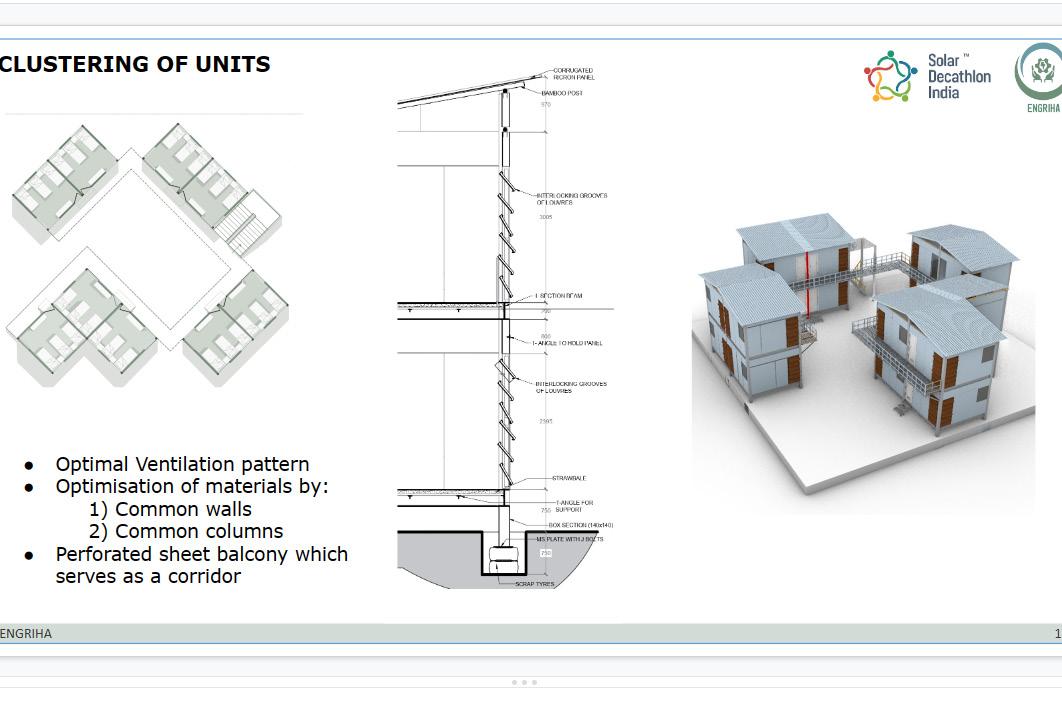
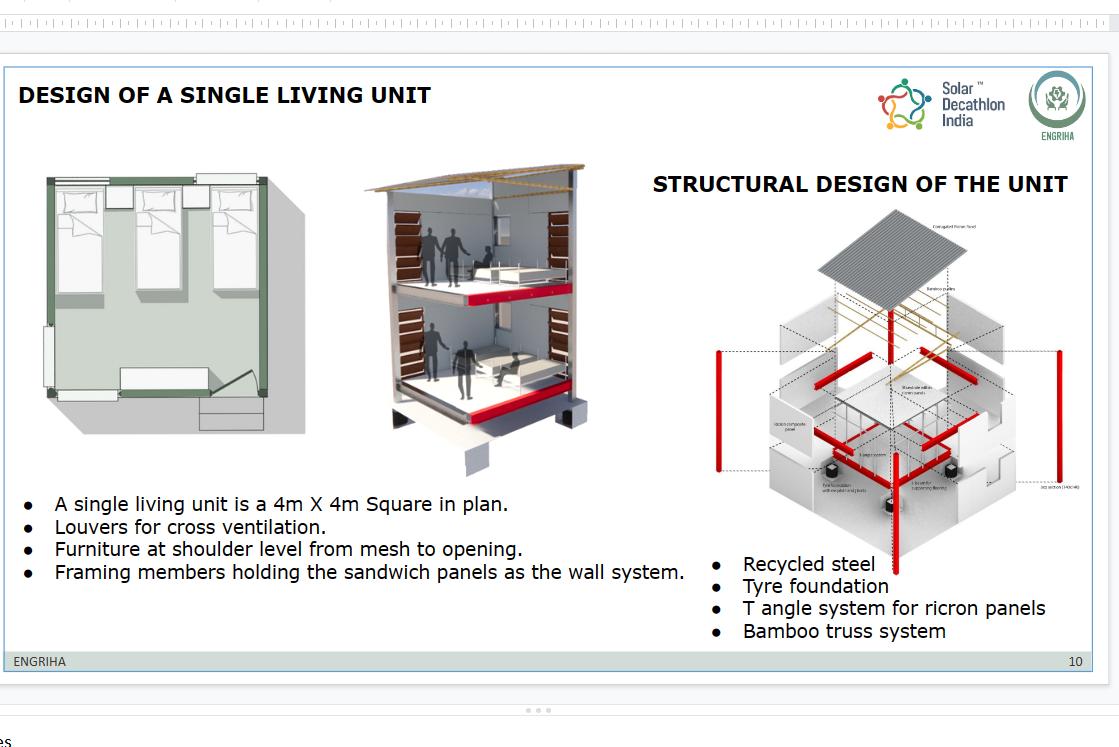
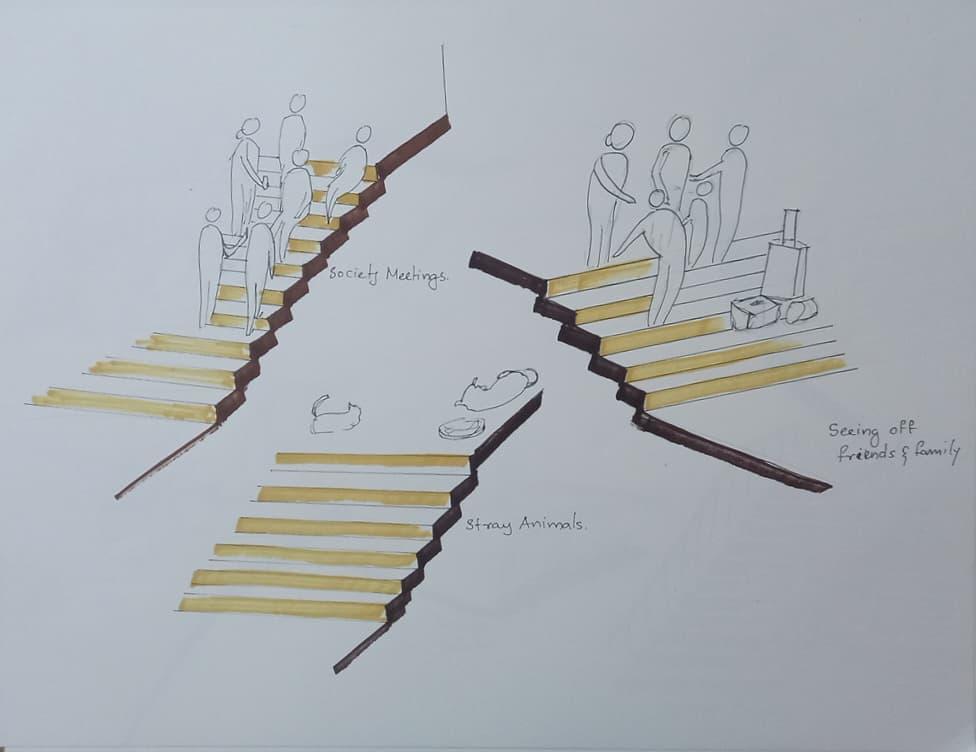



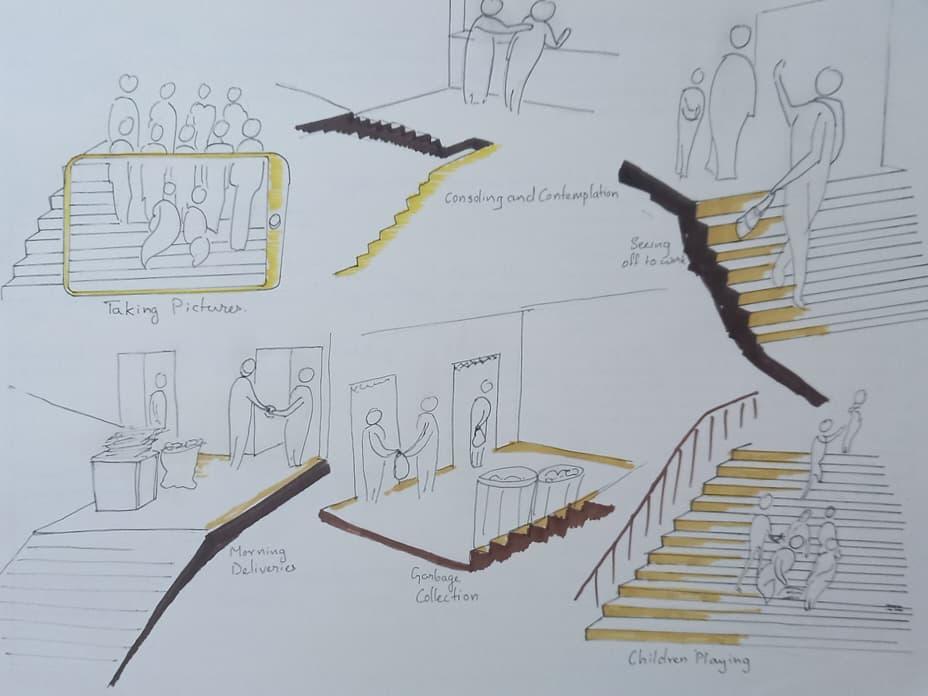
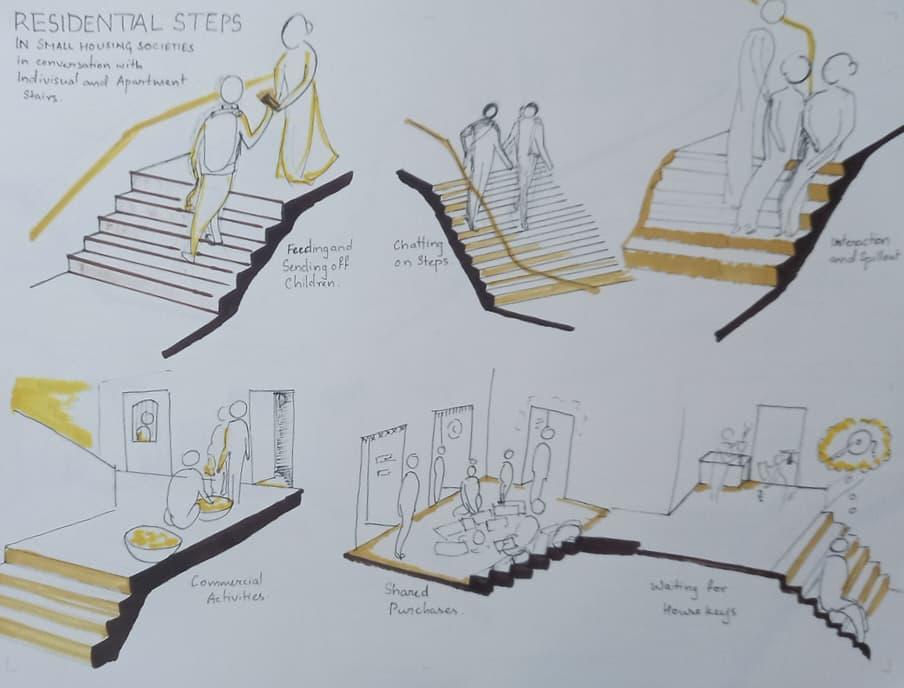

Our Entry is in the construction worker housing division. The full project details shall be made available post completion of the competition, owing to confidentiality to be maintained in this stage.
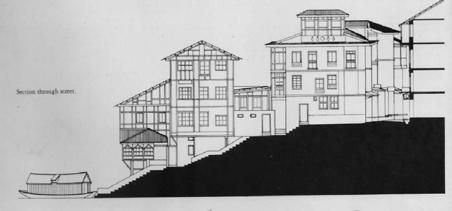
Miscellaneous Artworks
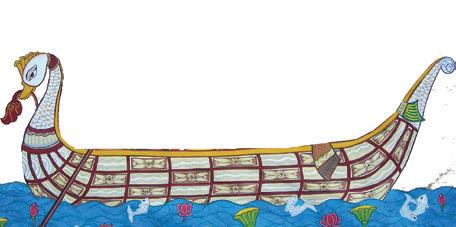
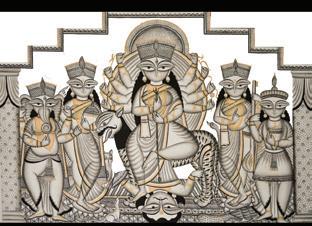


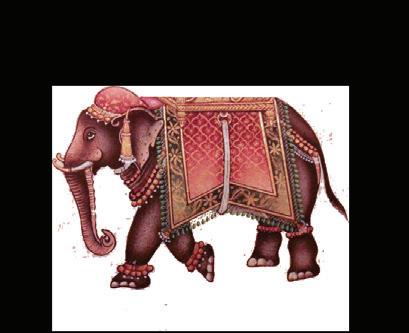
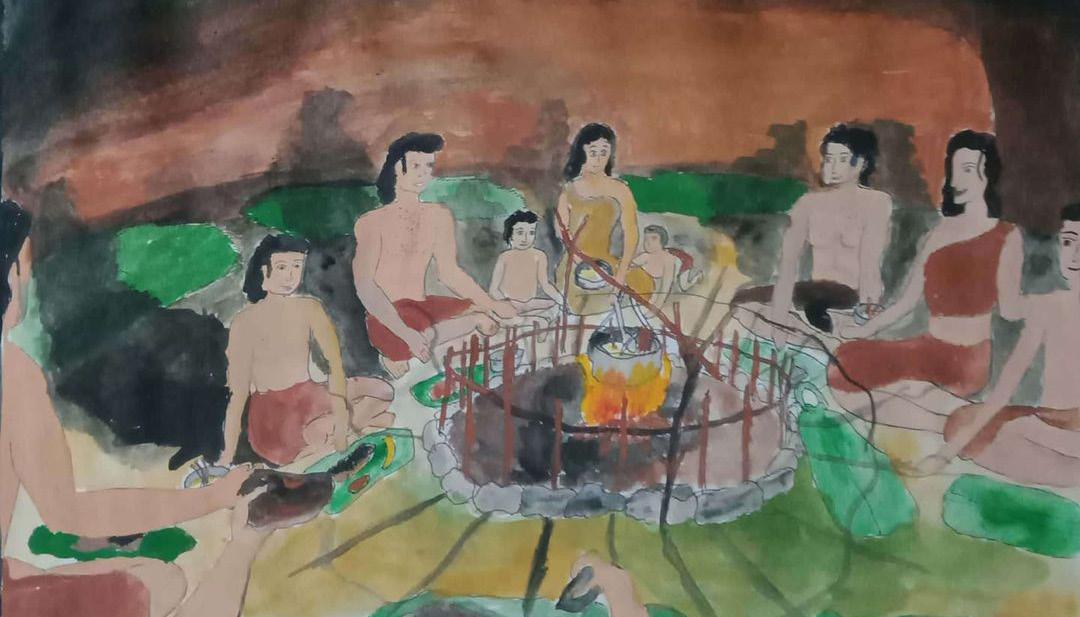
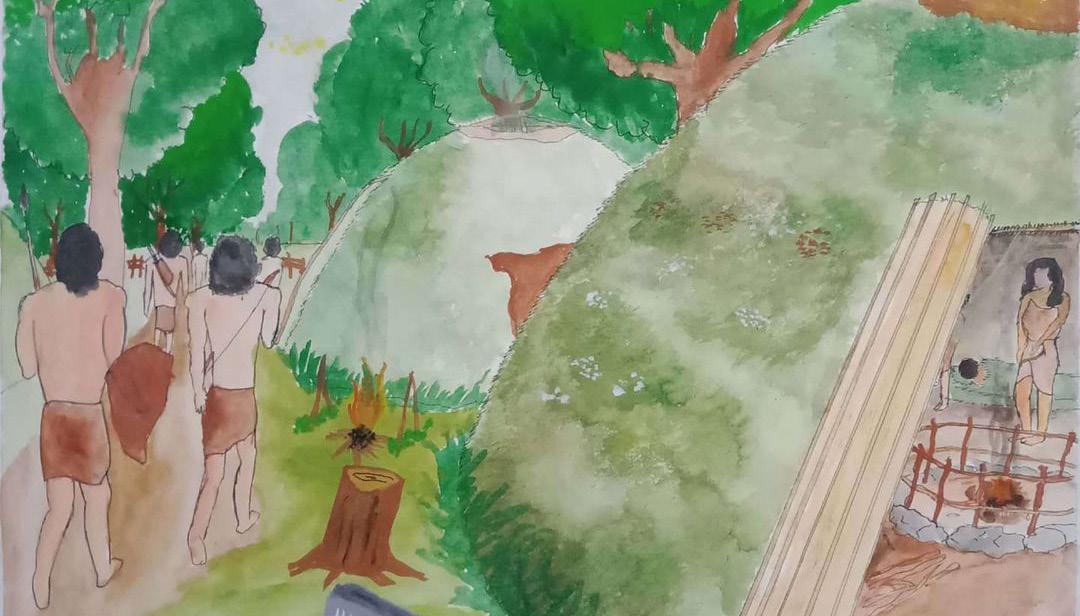
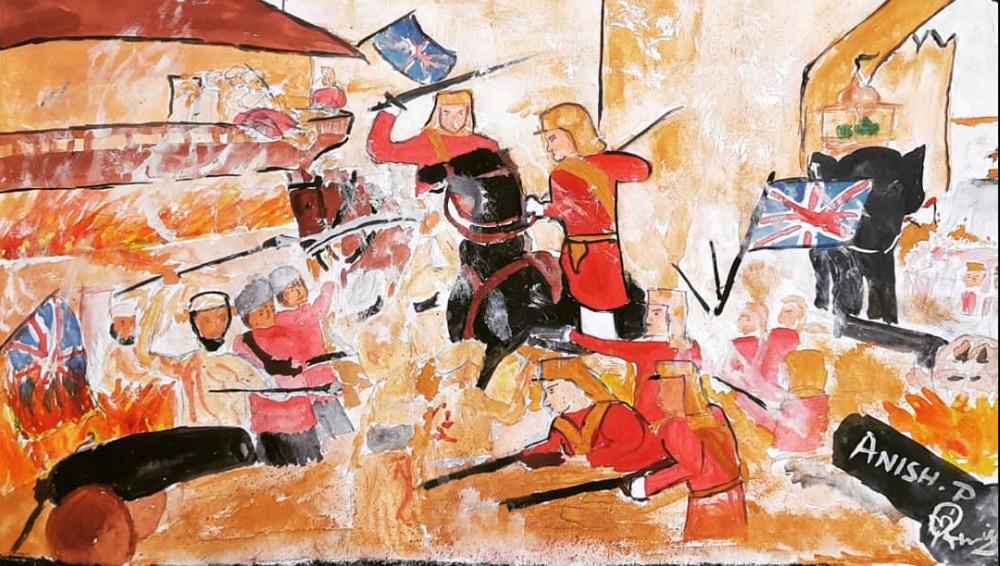
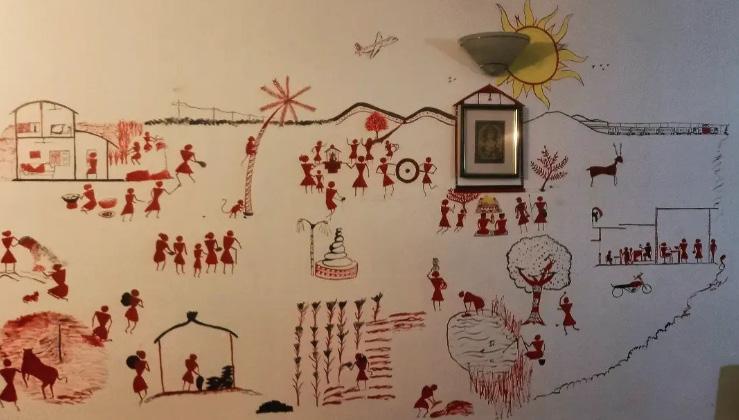
Digital Artworks
Alternate History maps and flags
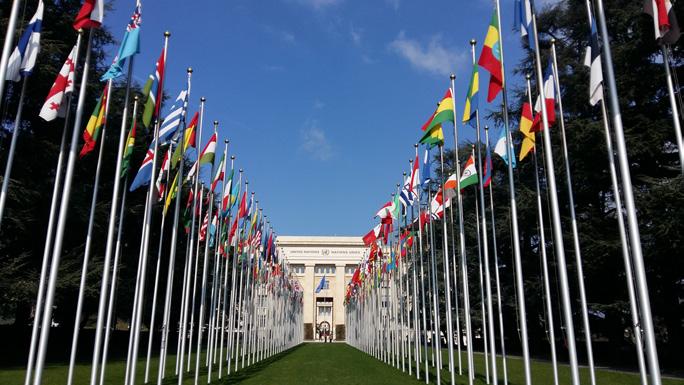
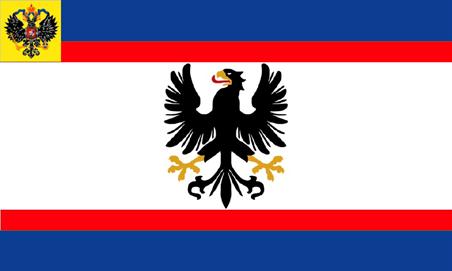
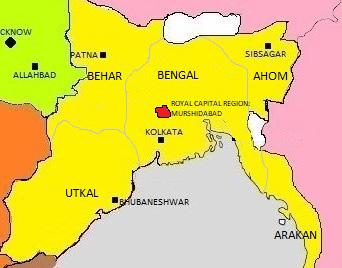
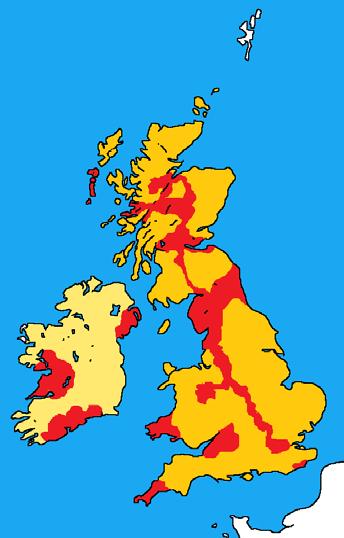
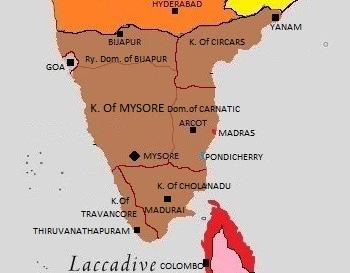
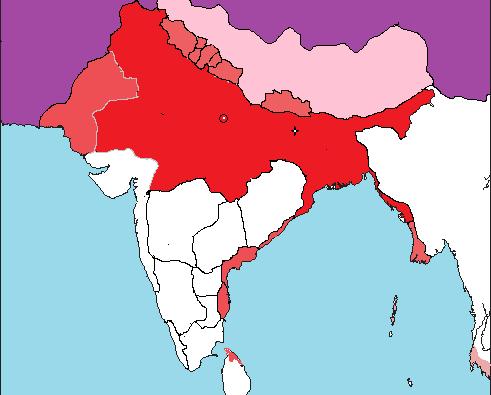
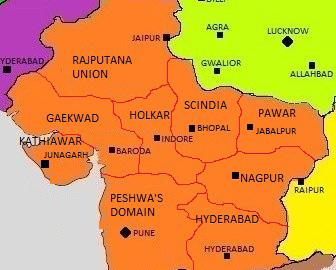
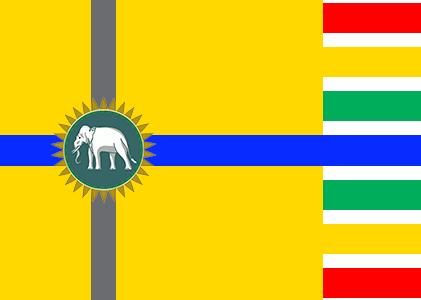
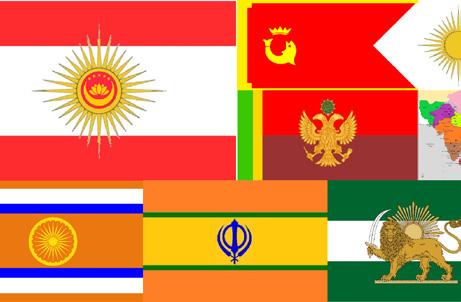
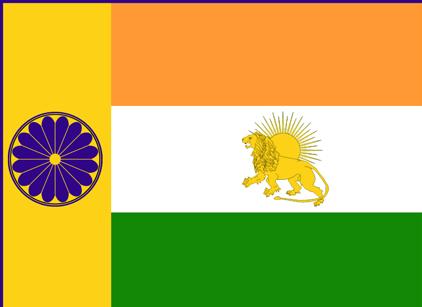
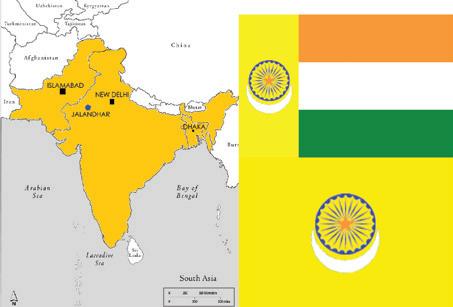
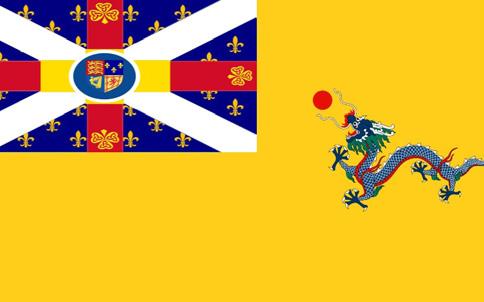

WALKTHROUGHS: https://drive.google.com/drive/u/1/ folders/1uDDUGOf-yZwy_iowEgVws-97e5Ns_rvl

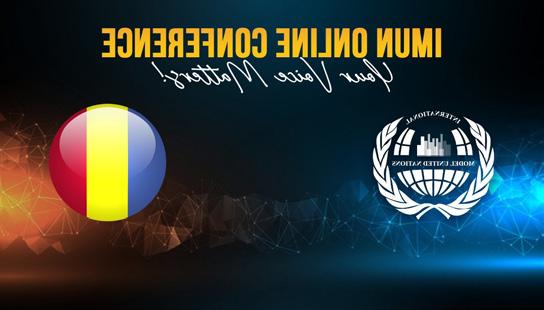
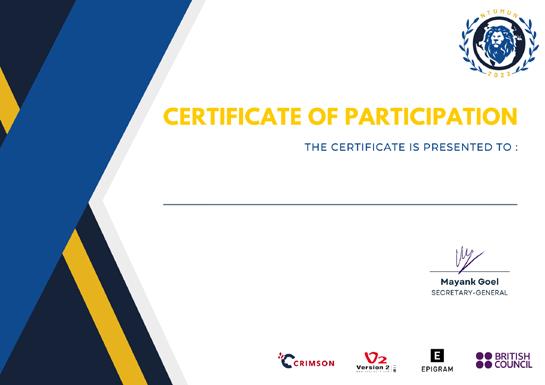

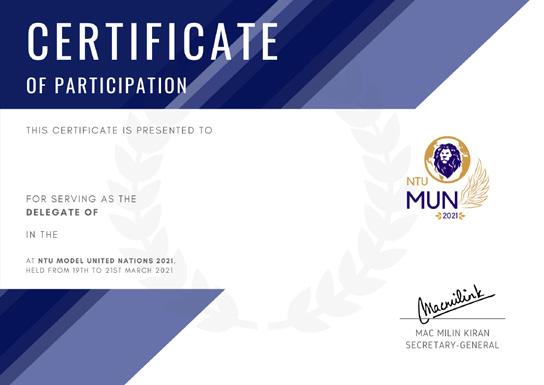
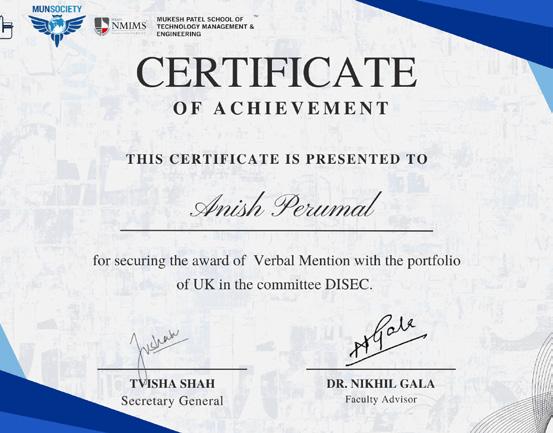
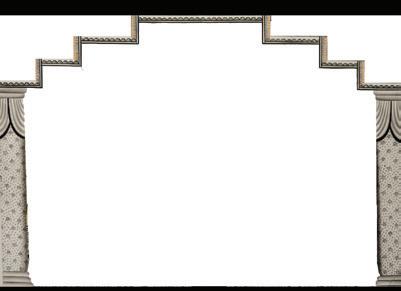
Youtube Channel: https://www.youtube.com/@historytweaks2695








